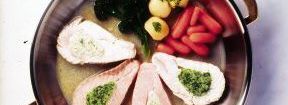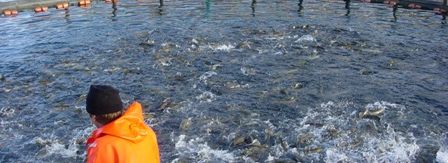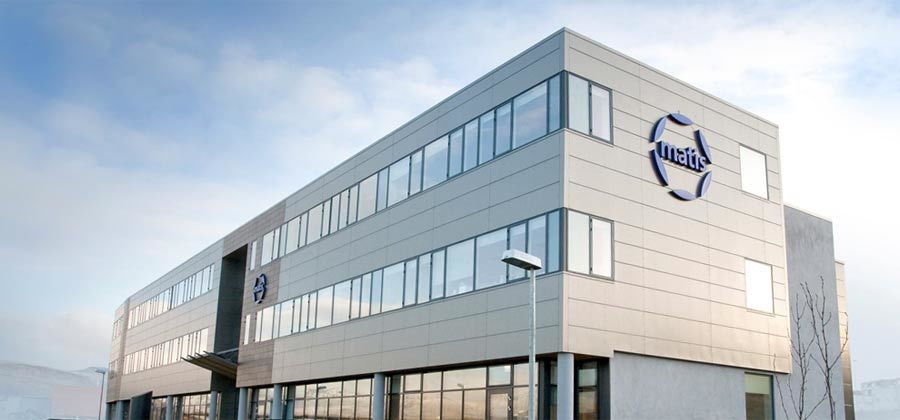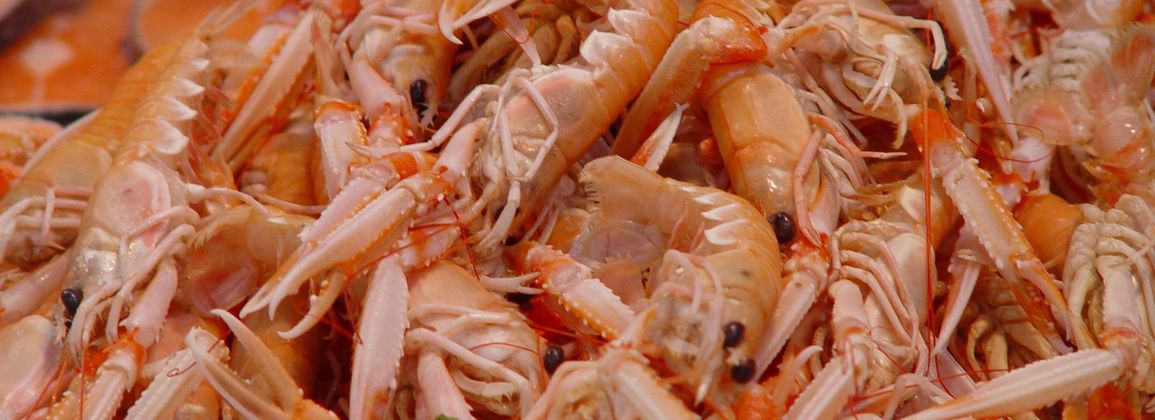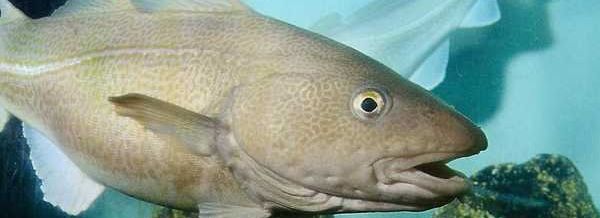Most cooking enthusiasts are familiar with it New cuisine or Haute cuisine, which became popular in France in the 1980s, with an emphasis on light and healthy food, such as plenty of vegetables and light sauces, instead of the traditional, heavy French cuisine with wheat sauces and accompanying cream. Now it's time for Nordic cuisine to renew its life.
The Nordic Nordic Food, Cuisine, Food project was launched by the Nordic Council of Ministers in the autumn of 2006 and aims to promote and make the Nordic food culture more visible. The project aims to create a common understanding of Nordic ingredients and a vision for development in Nordic food culture. The project aims to strengthen the vision and create a tradition for the brand "New Nordic Foods", which is based on healthy and varied Nordic ingredients.
In some ways it can be said that "New Nordic cuisine" is based on a similar foundation as new cuisine, i.e. to develop Nordic values within Nordic food culture and traditions, cuisine, ingredients, tourism, health and hygiene, job creation, design and value creation in food production.
Establish co-operation between the Nordic countries on Nordic food and food culture activities. With the project, the Nordic Council of Ministers wants to support all kinds of activities that contribute to the positive development of Nordic food.
According to Emilia, the steering group has discussed measures to increase food exports and support domestic food production, as well as the need to define "New Nordic food" with regard to the different food traditions of the individual Nordic countries and create a positive image among the Nordic people. There is also a need to encourage innovation in Nordic food production and to promote home production in a district based on local ingredients. NNM means "new Nordic food" both as everyday food, banquet and export of food. Projects in the field of Nordic food production will be advertised in terms of cuisine and Nordic design and tourism.
The Nordic Council of Ministers has now advertised for the first grant applications or proposals for projects supported by NNM in 2007. Projects supported by NNM are for one year at a time and it is stated that NNM does not support research. The application deadline for project ideas is 11 May. Grants in the range of 100,000-500,000 DKK will be awarded, which means that a total of grants will be awarded for 8-10 projects in 2007.
The emphasis is on visibility and collaboration in the form of networks. The focus of these initial projects is on local production and distribution, cooking and cooking, and Nordic food design. Participants must be from at least three Nordic countries.
More information on the Nordic Council of Ministers' website

